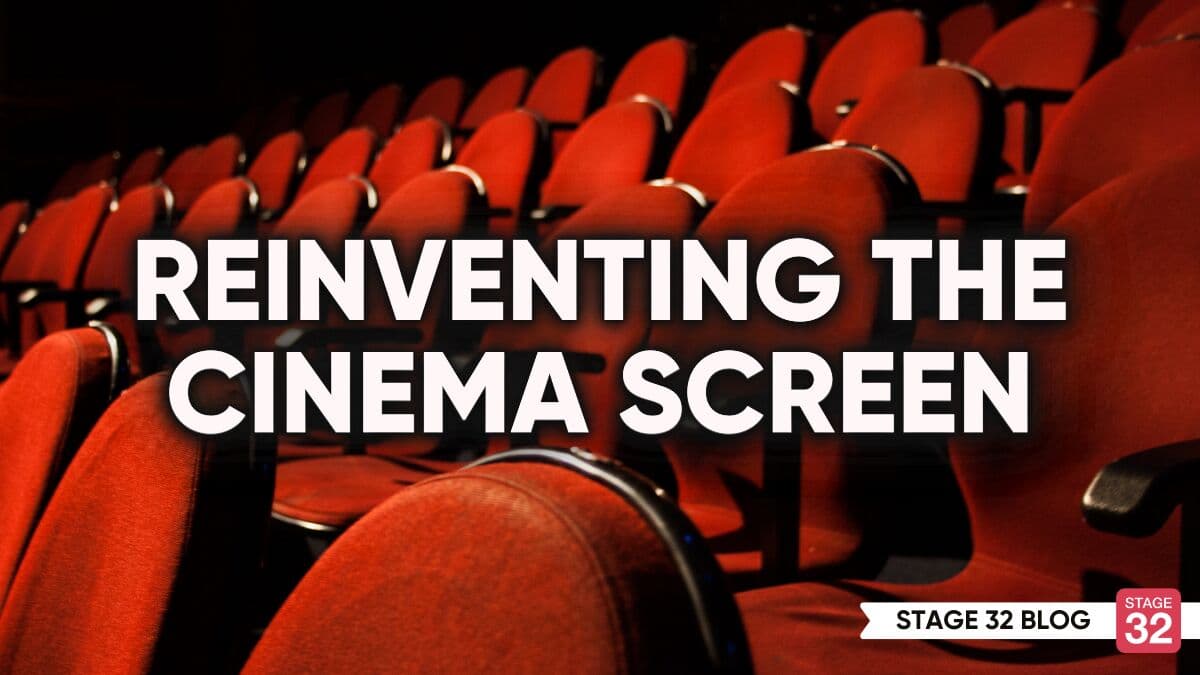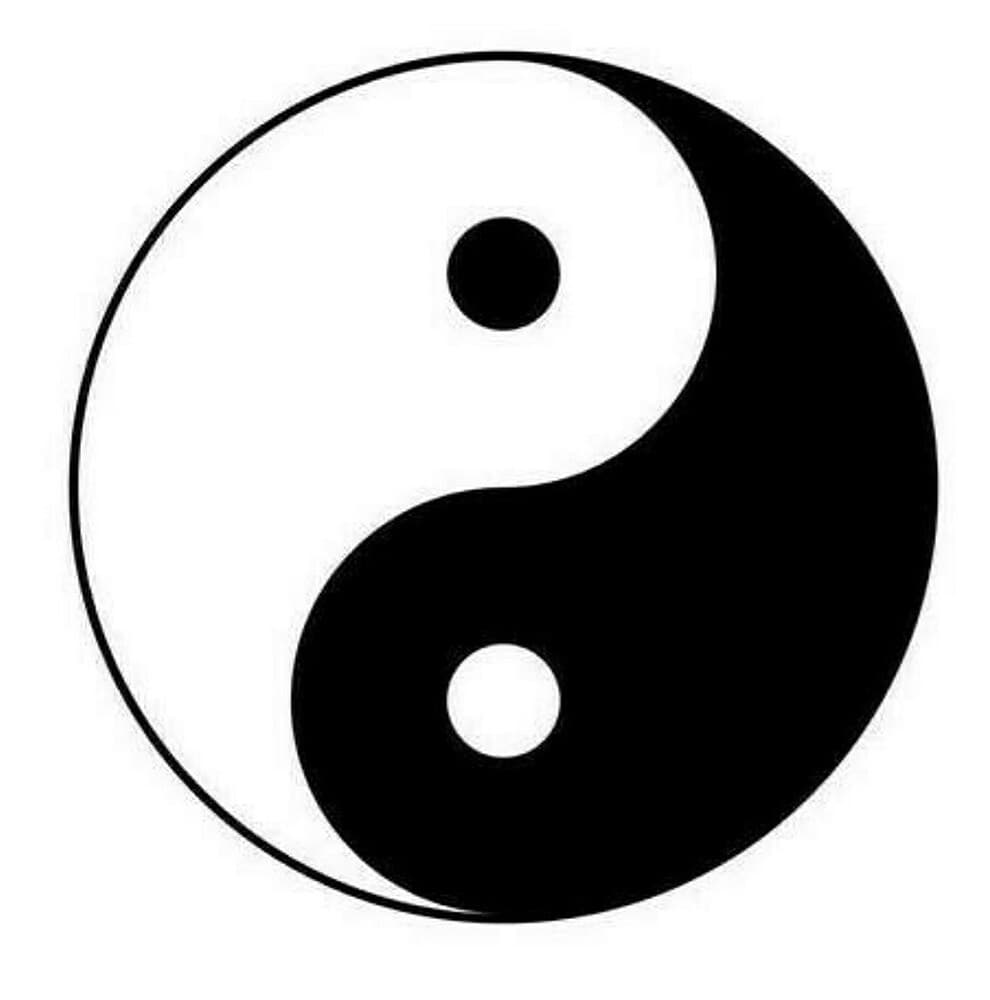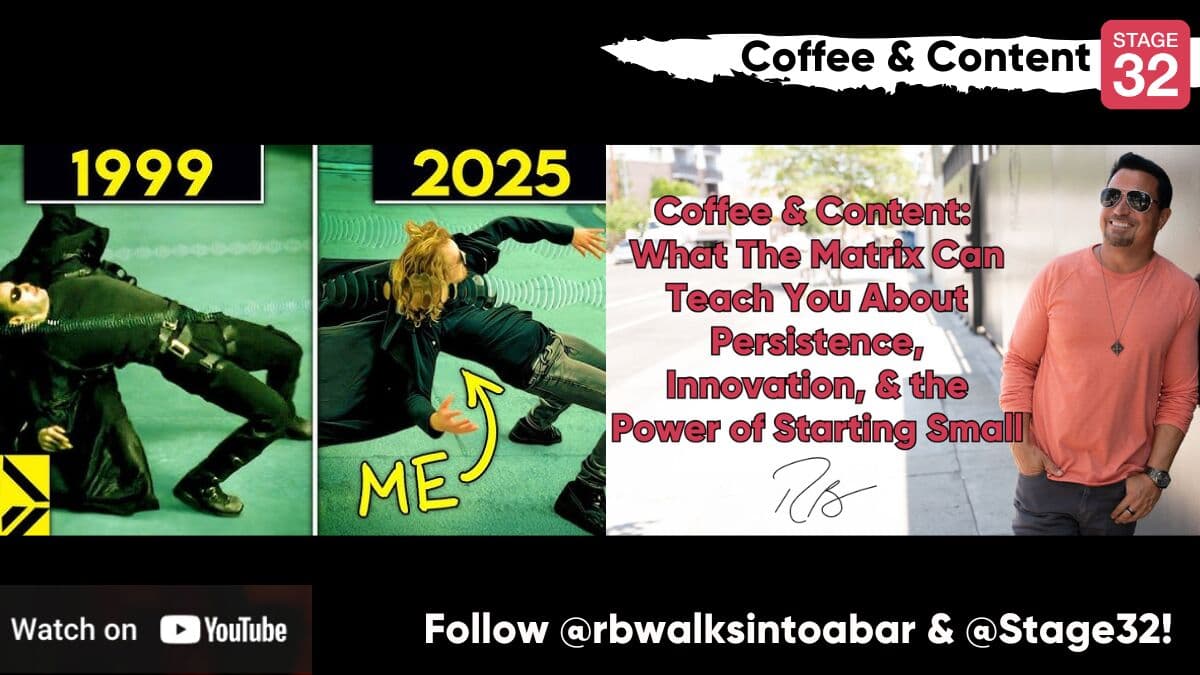Reinventing The Cinema Screen

The notion of a “New Cinema” is a notion based on re-defining the traditional cinema screen. Before we can talk about it, we will need to review and look at the traditional cinema screen to see how it’s being re-defined.
In writing this piece for the Stage 32 community, my intention was that the result would be a debate where the creative community and business side ask if this re-defined screen makes possible A New Cinema or if this re-defined screen merely makes possible a new and special approach to film making. Whatever the answer, I am certain it will be a win-win situation for everyone.
What is the traditional cinema screen?
Traditional cinema has been around for more than a hundred years, faithfully reflecting the entirety of the work, struggle, and talent as light into the eyes of its audience. It’s just the flat passive rectangle on the wall called the screen.
Our concern now is: Can we change it? Can we make the screen better to make more dramatic and effective movies? I think the answer is yes.
Re-defining the traditional cinema screen
The redefinition of the traditional theatre screen consists of replacing it with two things. These two things are both called screens which may be confusing but hang in there because you will see pictures to help you understand what they look like.
The first screen is called a "Kamera screen." The Kamera screen is a black screen like the one in the upper left corner in the image below. Five other Kamera screens are each shown containing images. The five images are a dove, an actress, a chair over a cosmos, a pair of mosaic stone tablets, and an Italian David and Goliath painting.
A common feature of the Kamera screen is that the images are almost always positioned on the left half side of the screen. The key feature though is that the screen, with or without images, is always pitch-black.

The second screen is a “Vignette screen.” The Vignette screen is simply a screen where all images, static or moving, are a vignette. Two examples of a Vignette screen are shown below: “The Statue of Liberty” and the “Hollywood sign.”
The “Statue of Liberty” vignette has a circular shape and looks like we are peeping through a hole in the wall. In contrast, the Hollywood Hills vignette is a vaguely circular and shattered shape. It is far more dramatic with its radical structure.
Like the Kamera screen, the background for the Vignette screen is also black. However, this background for the vignette can be viewed as “dead real estate.” All we really care about in this second screen is the vignette and its position on the screen. Vignettes are almost always positioned on the right half side of the screen and can vary in size.

Merging a Kamera screen and Vignette screen
Now, we can merge the Kamera and Vignette screens to create something wholly new.
The image below shows what merging the Kamera and Vignette screens means. It displays a final screen that has been created by merging a Kamera screen (“The Actress”) and the “Hollywood sign” Vignette screen. At the end of the merge, the black background of the vignette screen is discarded (the “dead real estate” we mentioned), and the Kamera screen and its contents are retained to form the desired result on the far right.

The Result: Merging the Kamera Screen and Vignette-Screen “Statue of Liberty”
Below is the result of merging all six Kamera screens with the “Statue of Liberty” Vignette.

So far so good. Everything is nice. We have six screens, the last five of which have two images next to each other. Let’s do the next merge of the Kamera screen with the Vignette screen of the “Hollywood sign.”
Merging the Kamera screen with “Hollywood Sign” Vignette-screen
Below is the result of merging the six Kamera screens with the “Hollywood sign” vignette.

What are we to make of this result? What does it mean? Let’s do a recap.
Recap
So far, we have covered
- The Kamera-screen (K)
- The Vignette-screen (V)
- We have seen the results when the K and V screens are merged to form the single final screen.
Now would be a good time to ask WHY? Why exactly are we redefining the screen? The short and simple answer mentioned earlier is that we hope that it will lead us to more dramatic and effective movies.
The longer and more involved answer, leading to the same point, lies in something called the “CONCENTRATION TABLE” shown below.
The concentration table - “Pairing table”

The table above lists five things a Kamera screen can stand for and five things that a Vignette screen can stand for. The K and V screens are defined and paired according to this table.
For example, If the K-screen stands for the world of the Spirits, then the Vignette screen would stand for the material world. If the Kamera screen is chosen to represent the world of Imagination, then the Vignette screen would stand for the world of Sense. Therefore, the K and V screens can be understood as “Logical and complementary” pairs.
How it works:
In the case of merging the Kamera screen with the “Hollywood sign,” I chose the Kamera screen be the “World of Imagination.” In practice, this meant the employment of images that were metaphors. For example:
- The Dove is a symbol of a new and pure spirit.
- The pair of Mosaic stone tablets is a symbol of Guidance
- The Throne-like chair over a Cosmos symbolizes authority over an entire (cinematic) cosmos.
- The Actress symbolizes the artistic and business community in Filmmaking.
- And the Italian painting of David slaying Goliath is a symbol of Hollywood ‘slaying’ the traditional cinema screen in favor of the new screen…
Conclusion: Thoughts on the notion of a “New Cinema”
This article began by introducing the notion of a new cinema wholly dependent upon a re-definition of the traditional cinema screen. We’ve just seen the 1st glimpse of what this re-definition looks like and one way that it works. So, we can now formulate one or two cautious statements about “it.”
First, based on our brief familiarity with the K and V screens, a NEW CINEMA could be tentatively described as movies written and made for a “double” or a “dual” Narration screen.
This Dual Narration screen – the merged K and V screen - is definitely a new approach to filmmaking which is a big win for everyone because it means more freedom and space to imagine, create, do and say, especially for screenwriters.
Of course, personally, I do not see the New Screen ‘replacing’ the traditional screen anytime soon. Still, I do see it as a new element that is good for cinema – for business and creatives - and that, in my opinion, is a sufficient argument to look into it more.
So now what comes next? Well, there is a plan and a goal, and that’s a story to be told another day.
Let's hear your thoughts in the comments below!
Got an idea for a post? Or have you collaborated with Stage 32 members to create a project? We'd love to hear about it. Email Emily at emily@stage32.com and let's get your post published!
Please help support your fellow Stage 32ers by sharing this on social. Check out the social media buttons at the top to share on Instagram @stage32, Twitter @stage32, Facebook @stage32, and LinkedIn @stage-32.
About the Author
Hello, I am Amman, founder of the RefLEX Art Movement. RefLEX is an art movement that promotes a new approach to filmmaking based on a re-definition of the traditional cinema screen. The work we do is : 1. THEORETICAL: An investigation of the re-invented screen 2. PRACTI...









